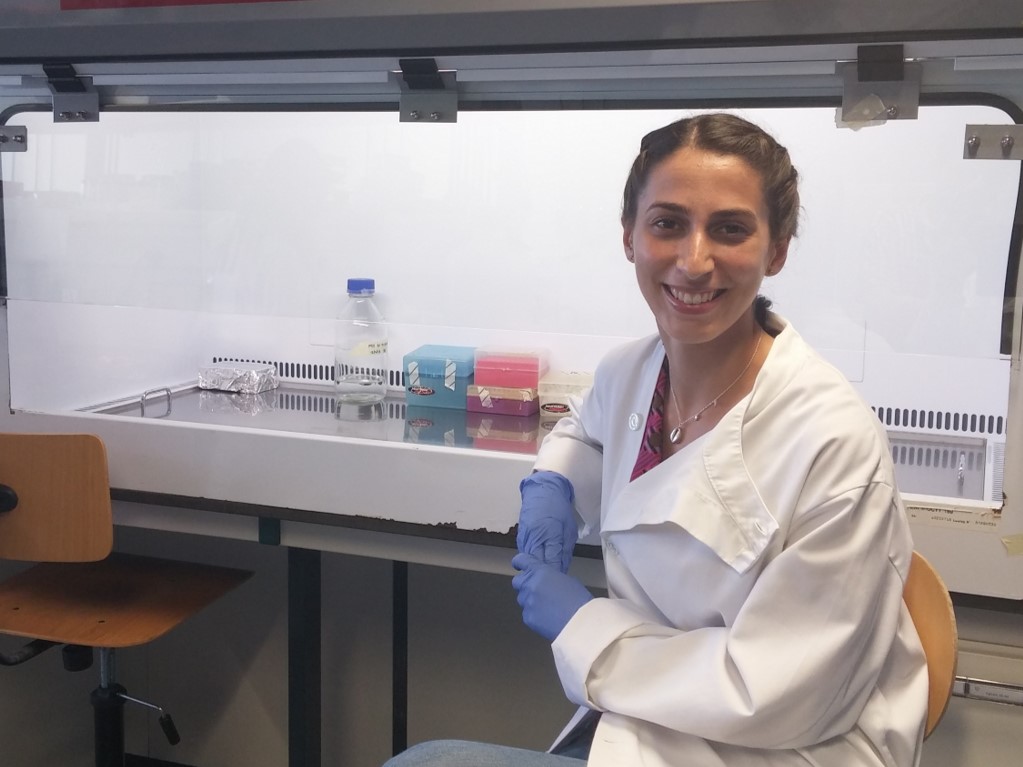Selected publications
Soares, M.V., Azevedo, R.I., Ferreira, I.A., Bucar, S., Ribeiro,
A.C., Vieira, A., Pereira, P.N.G., Ribeiro, R.M., Ligeiro, D., Alho,
A.C., Soares, A.S., Camacho, N., Martins, C., Lourenço, F., Moreno,
R., Ritz, J. and Lacerda, J.F.
Naive and Stem Cell Memory T Cell Subset Recovery Reveals
Opposing Reconstitution Patterns in CD4 and CD8 T Cells in Chronic
Graft vs. Host Disease.
Front Immunol 10:334 (2019).
Bucar, S., Gonçalves, A., Rocha, E., Barros, A., Rodrigues, G.,
Sousa, M., Sá, R.
DNA fragmentation in human sperm after magnetic-activated cell
sorting.
J Assist Reprod Genet 32:147-154 (2015).
Bucar, S., Gonçalves, A., Barros, A., Sousa, M., Sá, R.
Is Magnetic-Activated Cell Sorting an efficient technique in
reducing human sperm DNA fragmentation?
Microsc Microanal 21 (Suppl 5):63-64 (2015).

